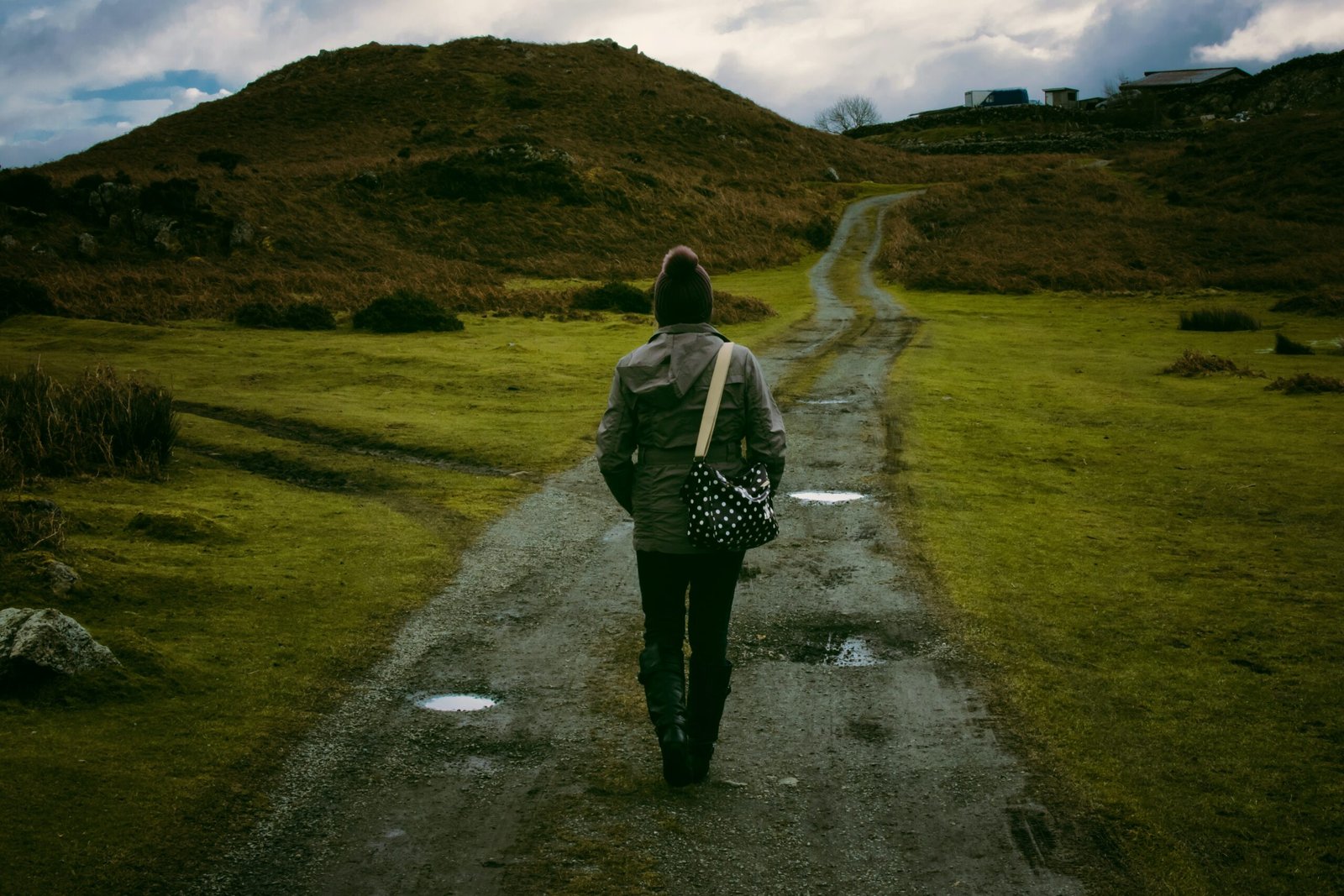Air pollution in Thailand has reached dangerous levels, causing widespread health issues and concerns for citizens.
The situation has been exacerbated this year, with the smog being particularly thick and hazardous.
In northern Thailand, millions of people are struggling to breathe due to widespread farm burning and forest fires that have created a yellow cloud more dangerous than usual.
This smog is choking communities and exposing them to respiratory diseases.
Parents are having to explain to their children that the fog outside is not natural, but instead a poisonous mist.

The concern is especially high for newborns who are exposed to air pollution.
Dr. Veera Isarathanan from Chiang Rai’s Mae Chan Hospital fears for these infants since they can’t wear face masks, and even with a purifier machine, the air in the nursery can be hazardous.
Thailand’s air pollution is an issue every year during the dry season from November to March, mainly due to seasonal burning from farmers clearing their sugarcane and rice fields. However, this year the smog has been particularly bad.
In the first nine weeks of 2023, more than 1.3 million people have already suffered air pollution-related diseases, and nearly 200,000 cases were reported in the first week of March alone when the haze had started to worsen.

The hazardous PM 2.5 particles have also soared, which are small enough to enter the lungs and even the bloodstream.
Exposure to PM 2.5 dust can cause burning and itching in the eyes and skin, coughing, and chest tightness.
These symptoms can be amplified for those who have pre-existing heart or lung conditions.
Authorities have warned that the grim scenario will persist for the coming days, with few winds forecast that could blow the dust away.
Fire trucks were deployed to blast water into the air to clear the dust in Chiang Rai, but it’s only a short-term measure.
A major wildfire has burnt the Khao Cha Phlu mountains in Thailand. the country was already facing extreme air pollution and these wildfires in the region will only make it worse. #wildfires #airpollution pic.twitter.com/R1RjnL6LVT
— Nopolluting (@nopolluting) March 31, 2023
On Monday, about 200 people in the Chiang Rai district of Mae Sai protested outside a local government office demanding authorities take action.
On the day of the protest, the air quality in parts of Chiang Rai was nearly 125 times over the limit deemed safe by the World Health Organization.
Satellite images are showing massive open fires in Cambodia, Myanmar, Thailand, and Laos. at the same time, many Southeast Asian countries are facing extreme air pollution. #ClimateEmergency #airpollution #ClimateCrisis pic.twitter.com/kkiCO3s5dx
— Nopolluting (@nopolluting) March 10, 2023
Satellite data showed that many of the fire hot spots were located in Myanmar, followed by Laos, Cambodia, and Vietnam. However, most of the pollution still comes from closer sources.
Prime Minister Prayuth Chan-ocha has directed lawmakers to go after perpetrators of forest fires, and there are laws in place curtailing agricultural burning. Still, most of these restrictions are ignored since burning their plot is often the easiest and cheapest method for farmers to clear land.
The problem of air pollution is not just affecting northern Thailand. In Bangkok, pollution levels are also severe, covering the city and other regions during the country’s cooler months.
During the first nine weeks of 2023 alone, more than 1.32 million people in Thailand became ill because of diseases related to air pollution, according to government figures.
Campaigners say that the root causes of the problem remain unsolved, and the large and powerful companies whose supply chains contribute to such pollution continue to dodge responsibility.
Thailand is a major producer of sugarcane and rice, and every season farmers burn their fields to clear the land.
The practice continues despite burning bans because many farmers have no alternative.

Stricter legislation is needed to combat this problem, and the citizen-driven draft Thai Clean Air Act has been submitted to parliament over a year ago but has not progressed.
If no action is taken, the rates of disease will worsen, and the smog will mean a worsening quality of life and possibly a more severe prognosis for patients.
Photo: Reuters / Chalinee Thirasupa
Source: BBC, The Guardian










